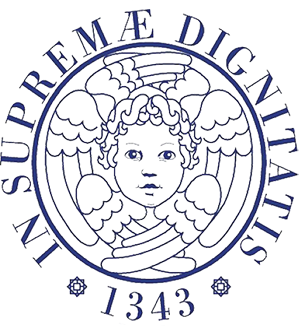Transperineal urethroscopy
urethroscopy
Biopsy of the urethra
Biopsy of periurethral tissue
Retrograde cystography
Urethral pressure profile
Calibration of the urethra
Definition:
diagnostic procedures on urethra include a series of clinical examinations aimed at highlighting urethral pathologies and local conditions of the urethral canal which can orientate towards the most suitable therapeutic choice.
These exams are:
- Urethral pressure profile;
- urethrocystography;
- Urethral ultrasound;
- urethroscopy;
- Ultrasound of the urinary system;
- Biopsy of the urethra;
- Calibration of the urethra.
The urologist establishes each time which examination to carry out to clarify the diagnostic doubt.
Urethroscopy:
it consists in the direct endoscopic study of the urethral channel and highlights possible narrowings (stenosis, urethral valves), dilations (diverticula), false ways, channel duplicity, fistula orifices, suspected dysplastic lesions, hairs, stones, functioning of the sphincters, cervical-urethral obstructions. In patients with perineal urethrostomy, following surgery (1st half of urethroplasty) of repair of urethral stenosis, urethroscopy through perineal urinary opening (trans-perineal urethroscopy) studies the conditions of the urethra upstream of the perineal neomeatus. In order to solve all the diagnostic doubts in the best possible conditions (also avoiding the discomfort in patients psychologically proven by repeated maneuvers on the urinary apparatus) it may be useful to perform urethroscopy in narcosis.
Biopsy of the urethra and periurethral tissues:
it is a procedure performed under local anesthesia that has the purpose of studying the dysplastic lesions in urethral and periurethral tissues.
The urethrocystography:
it is the fundamental exam in the study of urethral pathologies. It consists in the radiological study of the urethra and bladder by contrast medium. The study includes a retrograde phase in which the contrast medium, depending on the circumstances, is introduced into the urethra through a cannula resting on the external urethral meatus or a catheter whose balloon is inflated in the first 2 cm of the urethra in order to prevent the exit of the catheter and of the contrast medium itself during the execution of the examination. During this phase (retrograde phase) the anterior urethral tract (penile and bulbar urethra) is studied. Subsequently (anterograde phase), a study of the entire urethra, anterior (penile and bulbar urethra) and posterior (prostatic and membranous), is carried out during the urination of the patient. The exam also allows to study the bladder and related diseases.
The radiological study is performed with contrast medium suitable to be injected intravenously because sometimes an extravasation from the urethral channel can occur in the corpora cavernosa and in the surrounding vessels: after the urethrography, it is rare, but possible, the appearance of allergic reactions, such as also that of fever; possible episodes of urethrorrhagia and acute retention of urine are also possible.

